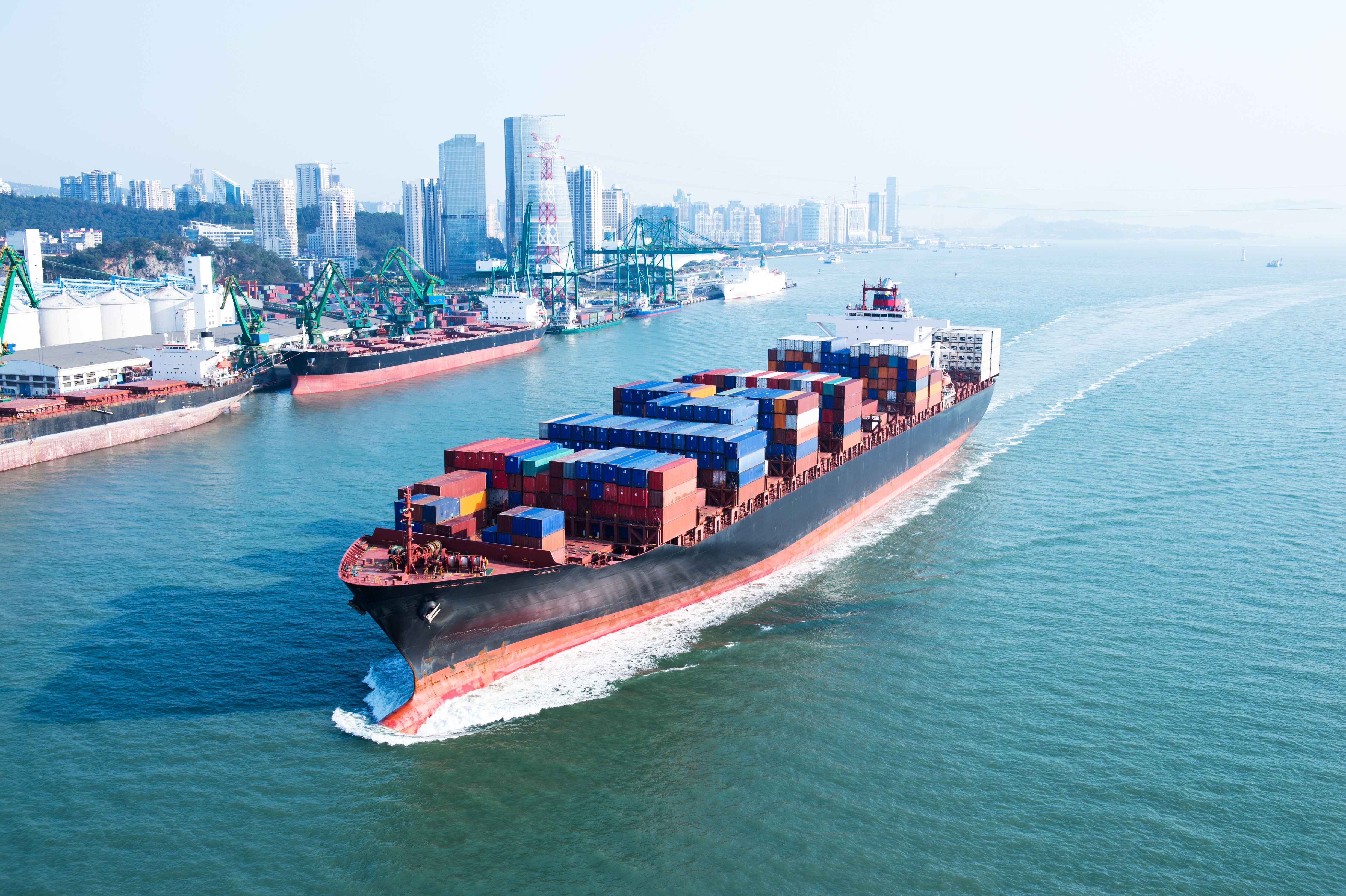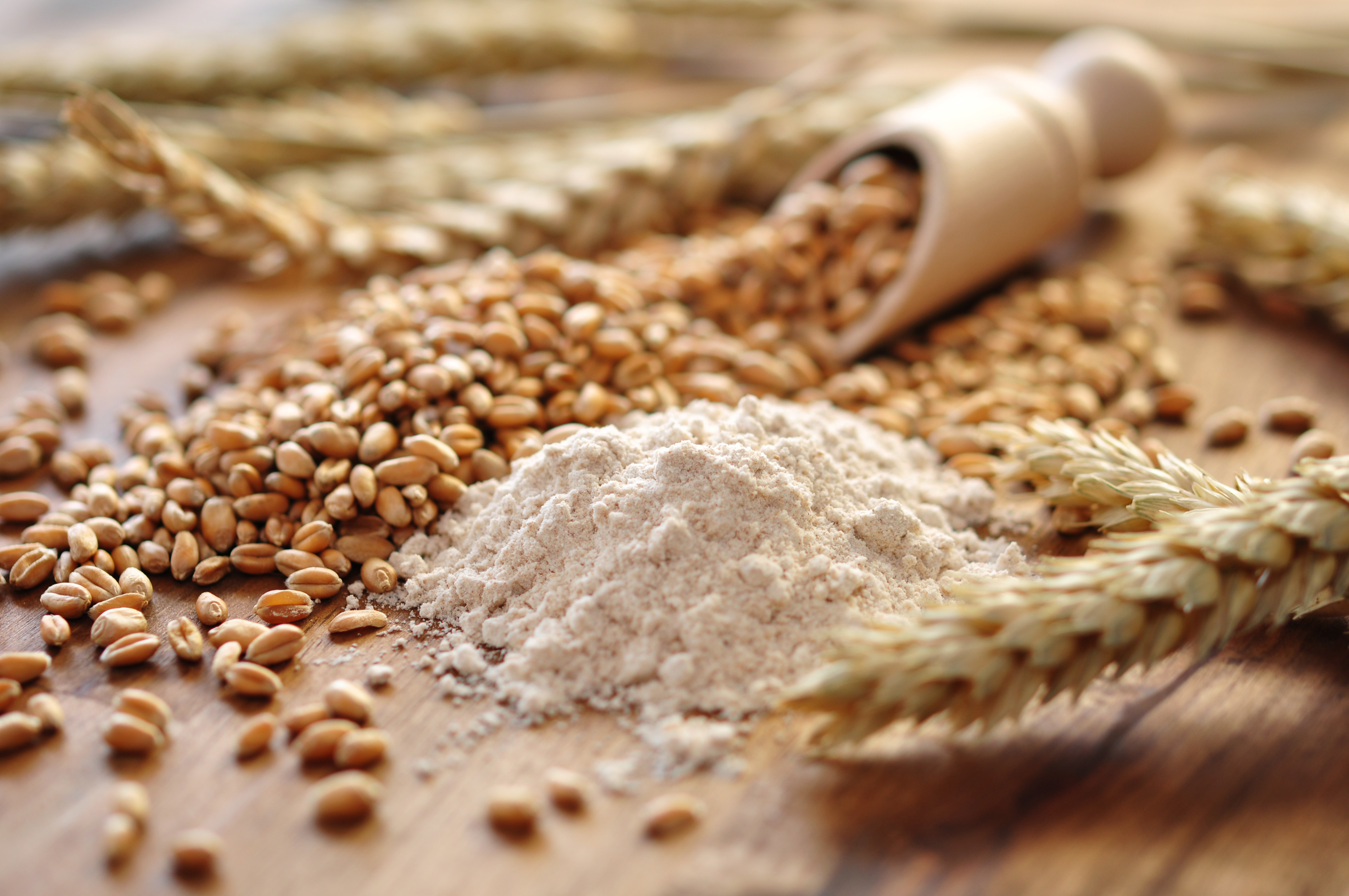



Weekly beef and dairy digest: Canada revamps ag policy and US exports lag
Jim Wyckoff's latest analysis looks into changes in Canada's farm policy and how the US-China relationship could change under the incoming Biden administration.US beef market news from the USDA
US beef exports lag this week
US beef net sales of 13,700 metric tonne (MT) reported for 2020 were down noticeably from the previous week and down 16 percent from the prior 4-week average.
Increases primarily for Japan (7,200 MT, including decreases of 500 MT), South Korea (3,800 MT, including decreases of 400 MT), Mexico (1,000 MT, including decreases of 100 MT), China (800 MT, including decreases of 100 MT), and Canada (400 MT), were offset by reductions primarily for Hong Kong (300 MT) and Colombia (100 MT).

For 2021, net sales of 3,200 MT were primarily for South Korea (1,600 MT), Hong Kong (500 MT), Japan (400 MT), and Taiwan (400 MT). Exports of 16,600 MT were down 18 percent from the previous week and 15 percent from the prior 4-week average. The destinations were primarily to South Korea (4,000 MT), Japan (3,900 MT), China (2,100 MT), Mexico (2,000 MT), and Hong Kong (1,200 MT).
Advertised prices for dairy products at major US retail supermarket outlets
For the period ending during the period of 11/27/2020 to 12/03/2020, the most advertised dairy item is 8 ounce cream cheese. The weighted average advertised price of $1.37 is down 25 cents from last week. Organic 8 ounce cream cheese has an average price of $2.49, resulting in a $1.12 organic price premium.
Ads for conventional 8-ounce block cheese, the most advertised organic or conventional cheese size package, have a weighted average advertised price of $2.45, up 26 cents from last week. Ads for 8-ounce conventional shred cheese have an average price of $2.49, up 31 cents from last week. The national weighted average price for Greek yogurt in 4 to 6 ounce containers, the most advertised organic or conventional yogurt size container, is $1.02, down 4 cents from last week. The weighted average price for conventional 4 to 6 ounce yogurt is $0.57, up 1 cent from last week.
Milk in half gallon containers was the most advertised organic dairy item. The national weighted average advertised price for organic half gallons is $4.91. The national weighted average price for conventional half gallon milk is $3.99, resulting in an organic premium of $0.92.
Food and farming news from around the world
Canada adjusts dairy aid plan for those impacted by trade pacts
The Canadian government has narrowed its timeline to release the remaining C$1.4 billion ($1.1 billion) of federal aid to supply managed dairy farmers by about five years and set separate aid for poultry and egg producers. The Ministry of Agriculture and Agri-Food had originally announced C$1.75 billion would be provided to compensate Canadian dairy farmers over eight years.

Agriculture Minister Marie-Claude Bibeau said Saturday 28 November in Ottawa that after the initial C$345 million pay-out was awarded between December and January; it has now set a schedule to deliver the remaining funds in three years.
Canada has promised funds to dairy and poultry farmers whose market share was hurt by free trade deals with Europe and countries on the Pacific Rim.
Dairy farmers will receive, on the basis of their milk quota, cash payments of C$468 million in 2020-21, C$469 million in 2021-22 and C$468 million in 2022-23. “Our government is fully behind our supply management sector, which supports our family farms and the vitality of our rural areas,” Bibeau said in a statement.
“Today’s announcement of a substantial compensation package for our dairy, poultry and egg farmers shows our support for a strong supply management sector for many generations to come.”
Global food prices hit highest level in nearly six years
Global food prices climbed 3.9 percent from October to November, with prices now 6.5 percent above year-ago levels, according to the Food and Agriculture Organisation of the United Nations’ (FAO’s) Food Price Index.
The 4-point November rise marked the biggest month-to-month climb since July 2012, and the index hit its highest level since December 2014 at 105 points.
FAO reports, “All sub-indices of the FFPI registered gains in November, with the vegetable oil sub-index rising the most, followed by those of sugar, cereals, dairy and meat.”

This comes as the pandemic and responses to it have heightened concerns about food security and inflation.
China heightens scrutiny of cold chain foods
“The current epidemic prevention and control situation is still complex and austere, and the risk of the disease entering through imported cold chain links is continuously rising as the exchange of international personnel and goods increases," China’s market regulator said in a statement on its website.
Beijing has increased inspections of food importers, supermarkets e-commerce platforms and restaurants relative to cold chain products. The administration will require authorities to have all cold storages registered by year-end, and it reiterated that cold-chain food products cannot be sold within China without a report showing they have undergone a nucleic acid test for the virus.
This has driven up costs, upended trade and trimmed consumer demand. Global health authorities say the risk of getting COVID-19 from food is very low.
Biden will not immediately end China tariffs
Joe Biden told the New York Times he will seek to review the existing Phase 1 agreement between the US and China and would not immediately remove the tariffs the Trump administration put in place on China.
While Trump was focused on the trade deficit with China, Biden says his "goal would be to pursue trade policies that actually produce progress on China's abusive practices — that's stealing intellectual property, dumping products, illegal subsidies to corporations" and forcing "tech transfers" from American companies to their Chinese counterparts.
He also indicated, as expected, that his strategy will be to enlist US allies in taking on China.

“The best China strategy, I think, is one which gets every one of our — or at least what used to be our — allies on the same page. It’s going to be a major priority for me in the opening weeks of my presidency to try to get us back on the same page with our allies,” Biden said.
Getting bipartisan consensus in the US relative to China is another tack Biden will take, seeking to build “leverage” over China. “I want to make sure we’re going to fight like hell by investing in America first,” Biden said.
He also confirmed what has been an expectation on new trade deals — they will not be a priority.
“I’m not going to enter any new trade agreement with anybody until we have made major investments here at home and in our workers,” Biden told the Times, with those investments also to include education.
Read the Weekly Poultry Digest on The Poultry Site, and see Jim Wyckoff's latest Pig Outlook on The Pig Site.
TheCattleSite News Desk
IMPORTANT NOTE: I am not a futures broker and do not manage any trading accounts other than my own personal account. It is my goal to point out to you potential trading opportunities. However, it is up to you to: (1) decide when and if you want to initiate any traders and (2) determine the size of any trades you may initiate. Any trades I discuss are hypothetical in nature.
Here is what the Commodity Futures Trading Commission (CFTC) has said about futures trading (and I agree 100%): 1. Trading commodity futures and options is not for everyone. IT IS A VOLATILE, COMPLEX AND RISKY BUSINESS. Before you invest any money in futures or options contracts, you should consider your financial experience, goals and financial resources, and know how much you can afford to lose above and beyond your initial payment to a broker. You should understand commodity futures and options contracts and your obligations in entering into those contracts. You should understand your exposure to risk and other aspects of trading by thoroughly reviewing the risk disclosure documents your broker is required to give you.



